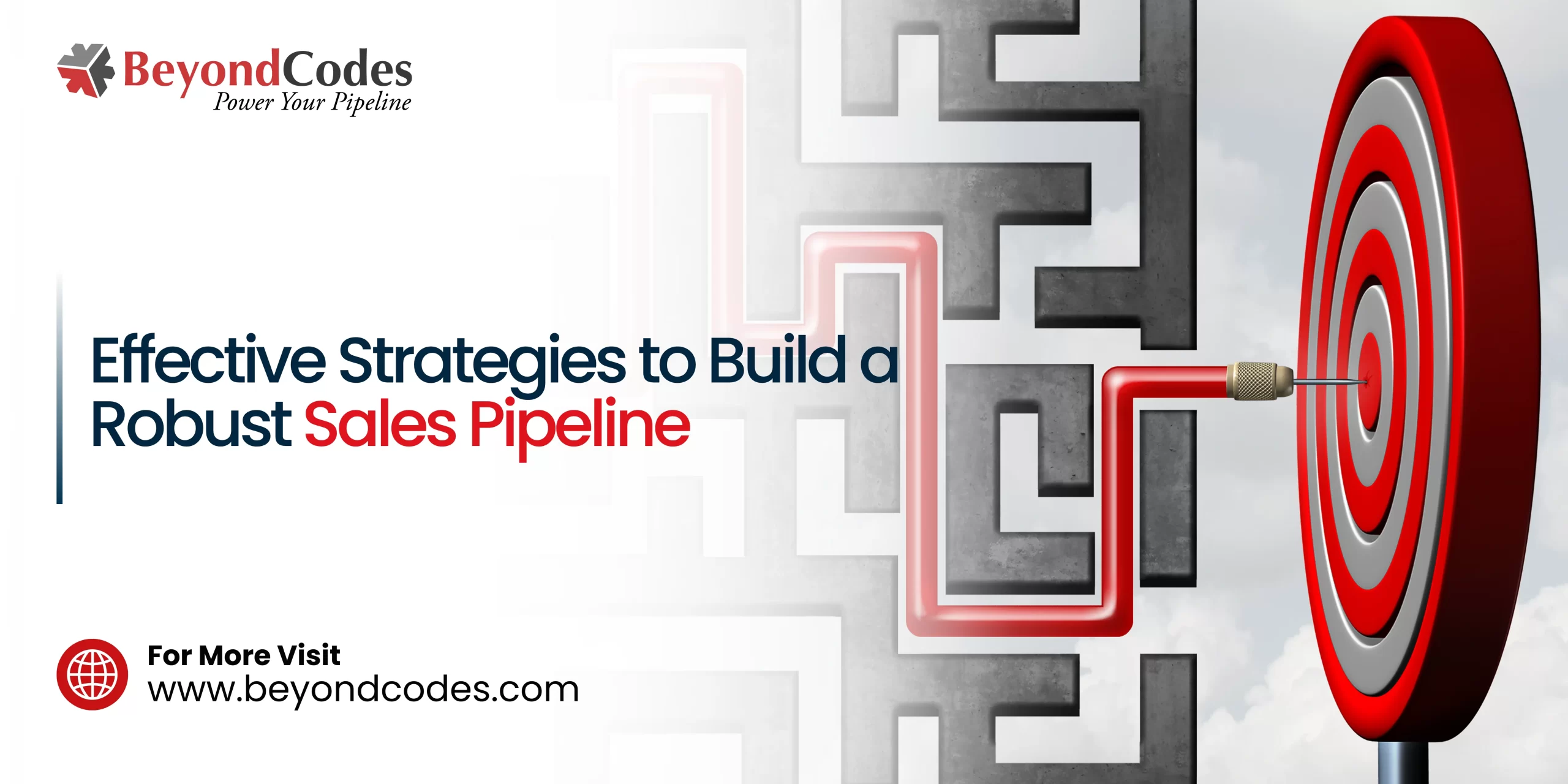In the ever-changing B2B sales world, staying ahead of the competition is critical for business leaders and sales professionals. Buying and selling products & services is a dynamic process influenced by technical improvements, changing client expectations, and economic factors.
Successful salespeople show adaptability and agility in response to changing circumstances, recognizing the need to embrace change to remain relevant. This means figuring out improvements that increase productivity while avoiding wasting time and money. B2B salespeople must maximize their limited time with customers.
Omnichannel access, social media research, and data analysis are all helpful tools for maximizing sales effectiveness. According to Gartner B2B sales data, buyers spend as little as 5-17% of their time with salespeople during the buying process.
To succeed in this fast-paced business landscape, you must be up-to-date on the latest B2B sales trends. This article explains the most important trends that business leaders and salespeople must know.
1. Data-Driven Decision-Making
49% of salespeople use data to evaluate their sales performance and to prospect for new business.
Salespeople want to know if they are doing the right thing. B2B sellers use data from the sales process to assess and improve. Data is critical for salespeople as they try to create a foolproof, refined sales pitch on which they can rely to automate their success.
Data is thought to be the lifeblood of B2B sales. Businesses increasingly turn to data analytics and artificial intelligence to get insights into customer behavior, discover patterns, and make sound business decisions.
Sales teams are utilizing CRM (Customer Relationship Management) systems to analyze customer interactions and collect important data that can be used to personalize sales pitches and predict client demands.
Action Tip: Analyze your sales data to identify trends and opportunities. Use CRM software tools to track client interactions and acquire data to help you customize your sales strategy, increase client engagement, and ultimately close more deals.
2. Account-Based Marketing (ABM)
Account-based marketing is a B2B sales strategy that develops relationships with high-value accounts. Instead of casting a wide net, ABM tailors marketing and sales activities to specific prospects. This concept is gaining traction because it allows organizations to customize their messaging and directly engage with important decision-makers.
According to 82% of B2B marketers, ABM significantly enhances sales and marketing team alignment (Source).
Maintain alignment between your sales and marketing teams for improved collaboration, communication, and goal transparency. Both teams must adhere to a mutually agreed-upon budget and understand each internal stakeholder’s responsibility.
Action Tip: Develop an ABM strategy that corresponds with your business goals, and work closely with your sales and marketing departments to ensure seamless execution.
3. Customer Success
By 2026, the Global Customer Success Platforms Market is expected to be worth $3.1 billion.
Customer success platforms are built on cutting-edge technology that optimizes customer success chores such as onboarding new customers and tracking customer health ratings. It will assist businesses in gathering and analyzing all customer data thoroughly.
Customer success is no longer a post-sale role but an essential component of the sales process. It is critical for client retention and repeat business to ensure that customers get their intended outcomes.
B2B sales teams increasingly focus on nurturing existing customer relationships, offering continuous assistance, and assessing customer satisfaction.
Action Tip: Ensure that your customer success program includes regular check-ins, surveys, and support services to assist your clients in succeeding.
4. Personalization
According to a McKinsey & Company survey, only 8% of B2B companies are equipped to deliver highly targeted marketing. However, three-quarters of that 8% report increasing market share.
Nonetheless, rather than providing more personalized content, 57% of sellers claim they don’t pay much attention to the content generated by their marketing teams. Salespeople are seen as generic and unresponsive.
To avoid this, B2B organizations can utilize AI and data analytics to personalize content. The alignment between sales and marketing is equally critical. Personalization in email has progressed beyond simply utilizing a prospect’s first name. Buyers today want customized solutions and relevant content.
B2B sales teams are using data and technology to provide highly customized experiences. Personalization is a major driver of success, whether it is changing product suggestions or designing sales presentations.
Action Tip: Use AI and data analytics to generate highly customized content and solutions for your prospects.
5. Hybrid Selling
According to a recent McKinsey analysis, hybrid selling began as a pandemic response and is on track to become the most popular B2B sales strategy by 2024.
Hybrid selling combines the best of both worlds by allowing B2B sales teams to communicate with prospects and customers virtually and in person. This technique allows for flexibility while ensuring that sales activities continue independent of external events.
For example, companies that use hybrid models can see a difference across the sales funnel within 6-12 months. One organization may double its B2B appointment setting to conversion rate in less than a quarter.
Action Tip: Create an effective sales strategy that outlines when virtual or in-person interactions are more effective and ensures your sales team is ready for both.
6. Customer-Centric Sales
According to a study by Deloitte, businesses that prioritize their clients are 60% more profitable than those that don’t.
Customer-centric selling promotes a more humane approach to sales that emphasizes solutions over sales metrics. This method calls for in-depth knowledge about clients and their objectives.
The salesman must be more consultative, working closely with clients to identify their unique needs and challenges. Selling to businesses is no longer only about pushing them to buy products or services.
Instead, effective sales strategies focus on providing value and resolving client issues. Building enduring relationships requires having a thorough understanding of your client’s requirements, goals, and pain areas.
Action Tip: Adopt a consultative approach, focusing on your client’s needs and offering solutions to their specific sales challenges.
7. Sales Tech Stack Optimization
76% of salespeople consider sales technology “critical or extremely critical to closing deals.”
B2B sellers substantially rely on technology to help them track and close deals. From the CRM that keeps them organized to the file-sharing platform that enables them to send sales playbooks to clients, technology is interwoven firmly in the sales process.
And while many B2B salespeople probably aren’t interested in this, the rate at which technology accelerates sales is a significant development. Sales time is getting shorter due to business clouds and software integrations.
Sales productivity increases with the correct technology stack. Optimizing your sales tech stack is a trend that can’t be ignored, from generative AI tools that help with lead qualification to sales enablement tools that expedite content sharing.
Action Tip: Ensure your sales technology stack supports your sales team effectively and aligns with your business goals.
Final Thoughts
Business leaders and salespeople who want to succeed in today’s cutthroat market must stay current on these B2B sales trends. By embracing the above-mentioned trends, you may put your B2B sales operations on the right track.
Also, you may put your company in a position for growth and long-term success in the B2B market by remaining flexible and sensitive to changing trends. Keep in mind that past successes may not be repeated in the future. In B2B sales, keeping ahead requires constant learning and adaptability.








